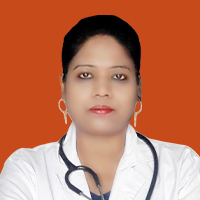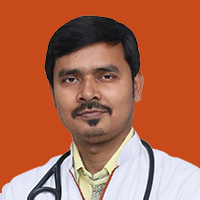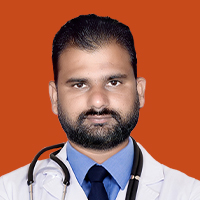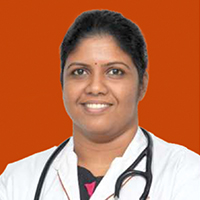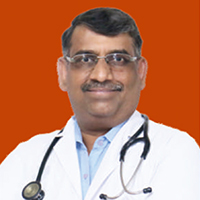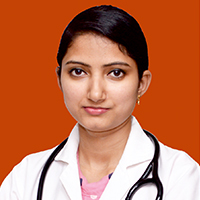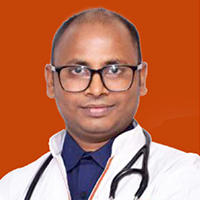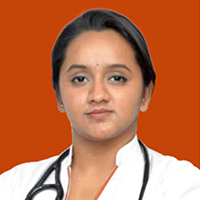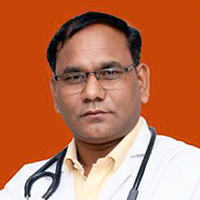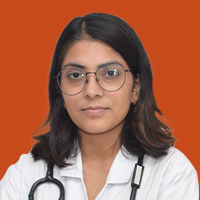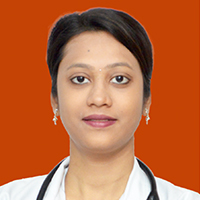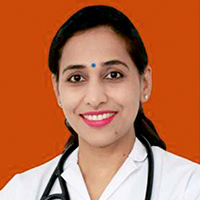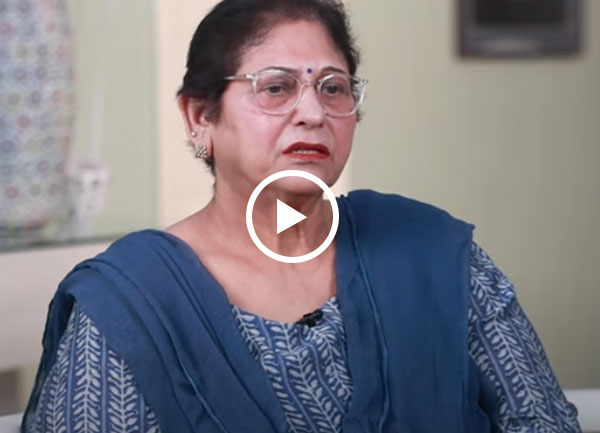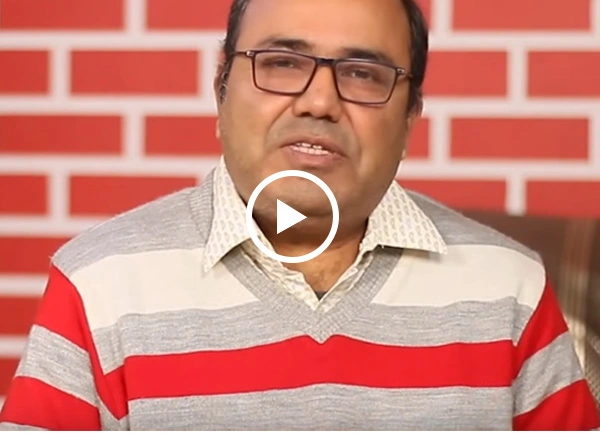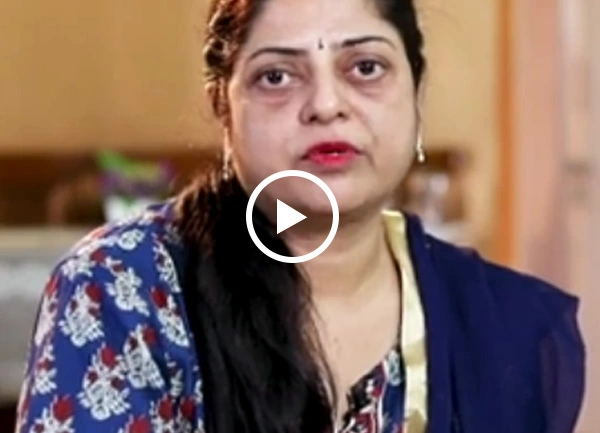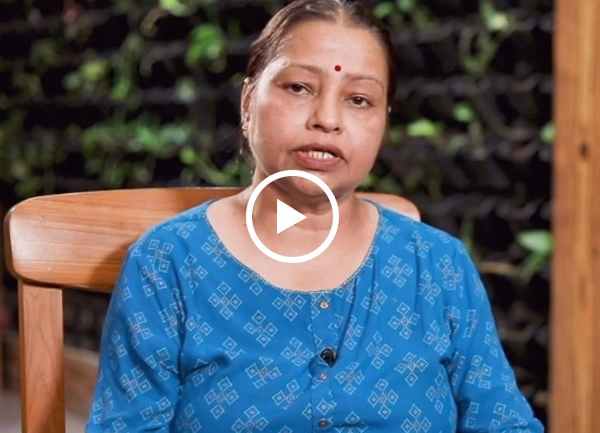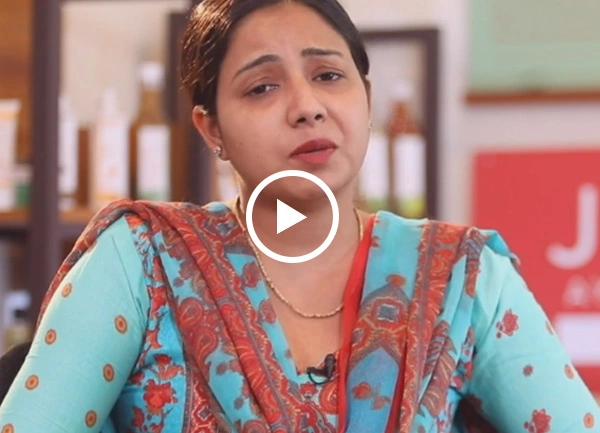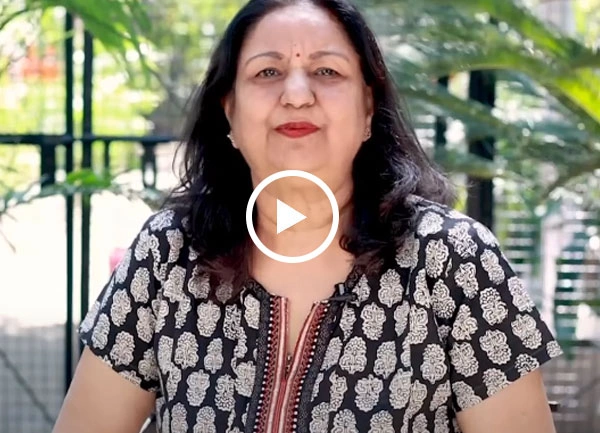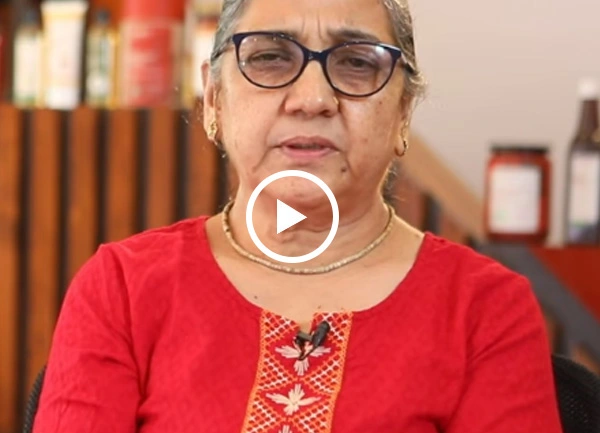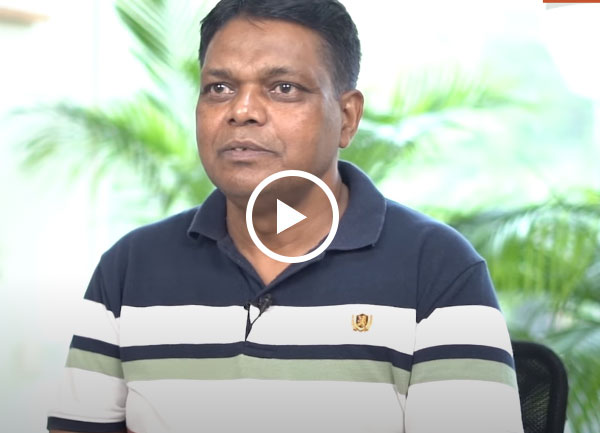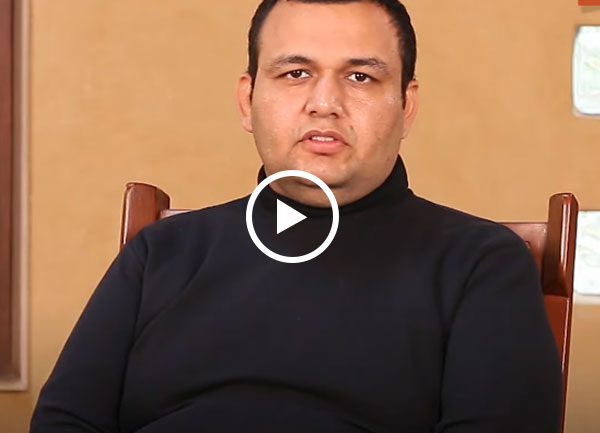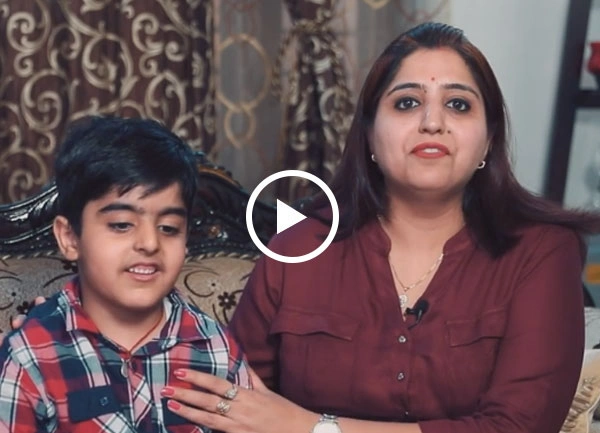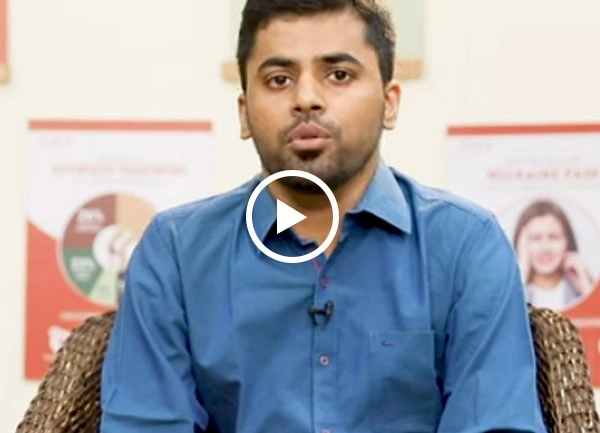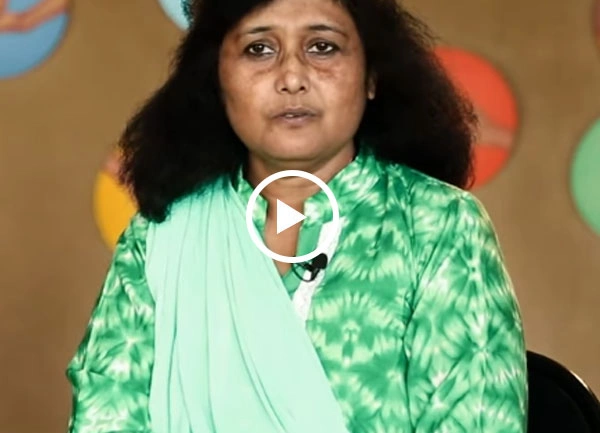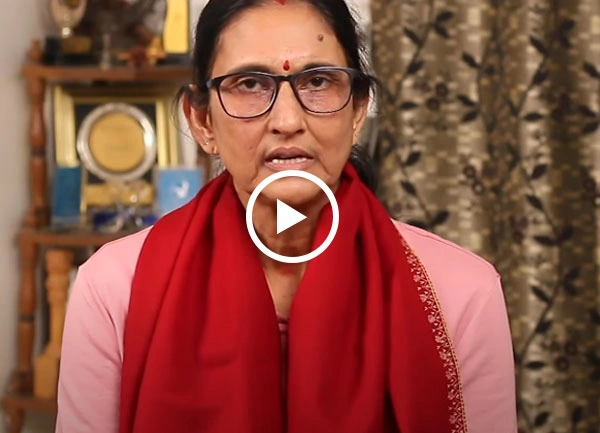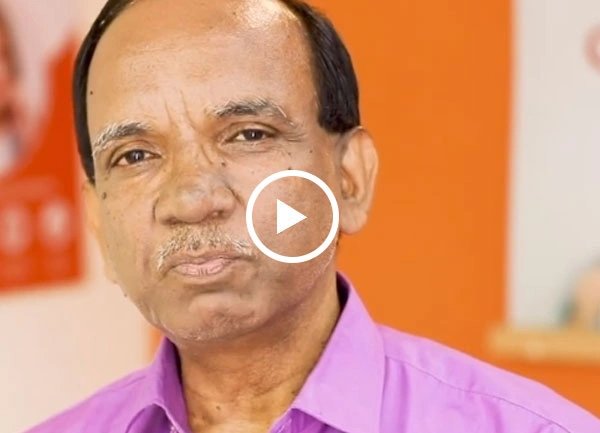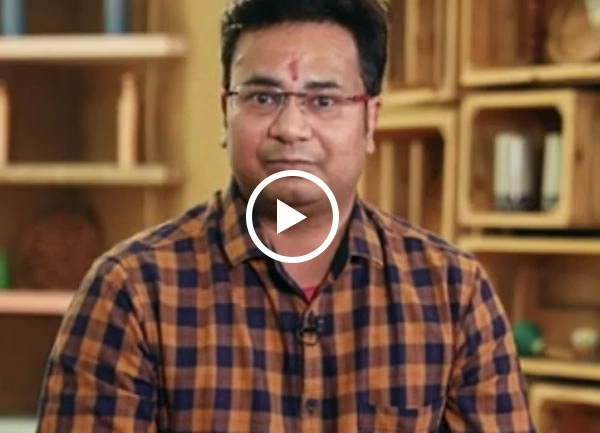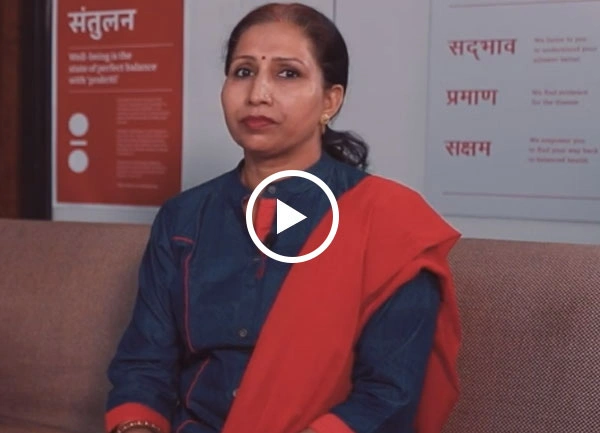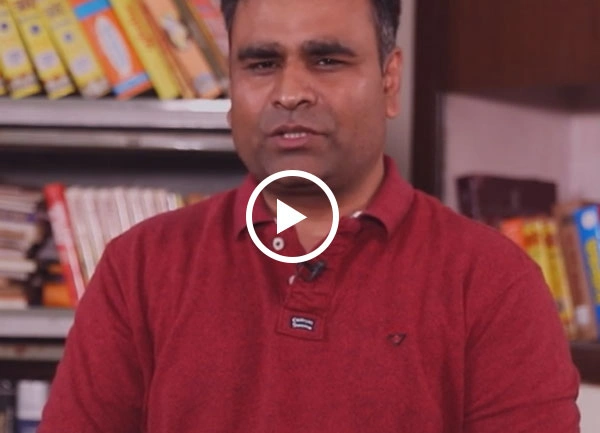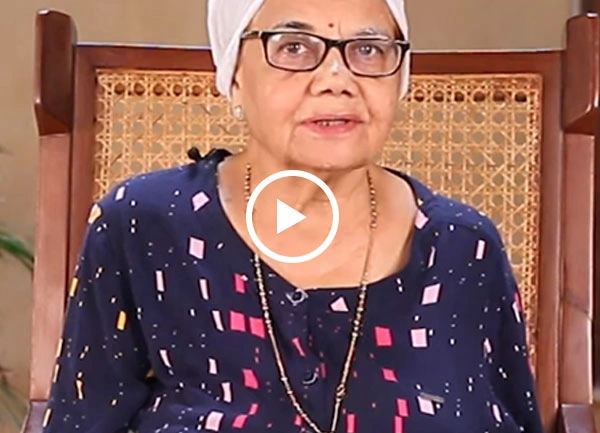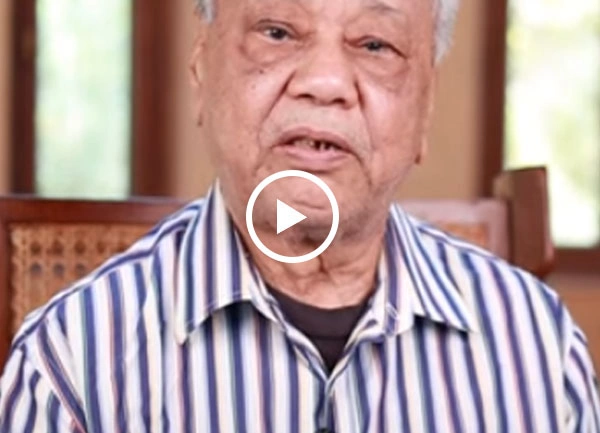

Successful Treatments
Clinics
Doctors
What is Shingles?
Shingles, also called Herpes Zoster, is a viral infection which leads to a painful rash. It generally appears as a line of blisters on one side (typically near the waistline) but could also be located on the facial skin, neck and various other parts of the body. It's caused by the Varicella-Zoster Virus, the same virus that causes Chickenpox. The virus does not leave the body once someone recovers from Chickenpox. Instead, it lies dormant in nerve tissues. It may reactivate as Shingles years later.
Anybody who has had Chickenpox can contract Shingles, though it's more prevalent in individuals over 50 and with weakened immune systems. You can not get Shingles from someone else. However a person with Shingles can spread the Varicella-Zoster Virus to individuals who haven't had Chickenpox, who could then develop Chickenpox, not Shingles.
The first signs of Shingles include a tingling or distressing feeling on an area of the skin, general tiredness, headache and fever. These symptoms are followed by a red rash and fluid-filled blisters that gradually crust over. It is important to consult a doctor for treatment of the condition to prevent pain and other serious complications.
Common Causes of Shingles
The reactivation of the Varicella-Zoster Virus in your body causes Shingles, a painful skin disorder. Understanding what might prompt this virus to wake up and become active again may help you control or prevent an outbreak of the disease.
The common triggers of Shingles include:
Weakened Immune System: The most common cause is diminished immune strength from the ageing process or medical conditions that weaken the immune system (for example HIV, cancer or diabetes). Treatments such as Chemotherapy might also hamper the immune system and increase the likelihood of catching Shingles.
Stress: High stress levels could weaken the immune system and facilitate the reactivation of the Varicella-Zoster Virus.
Age: The risk for Shingles increases with age, especially after 50. This is because the immune system also grows weaker with progressing age.
Illness or Injury: Sometimes, an illness or a physical trauma triggers the reactivation of the virus.
Some Medications: Medicines which suppress the immune system like drugs or steroids for auto-immune disorders or organ transplant patients might also raise the risk of a Shingles outbreak.
Signs and Symptoms of Shingles
Shingles has a distinct set of signs and symptoms that can be quite painful and uncomfortable. Shingles usually develop in stages, with pain first and then rashes and blisters later. These symptoms may be moderate or severe and last for several weeks. Recognising these signs early could facilitate faster treatment and reduce the severity and duration of the condition.
The most noticeable symptoms of Shingles are :
Symptoms
Skin Sensations
You may feel tingling, burning, or numbness on a particular area of your skin before any obvious rash develops. This is often the first sign of Shingles forming.
Rash
A red rash usually develops several days after the skin sensations start. It usually begins as a band or small area on one side of the body or face. The rash may sometimes extend from the spine to the stomach around one side of the torso.
Blisters
The rash quickly becomes clumps of clear blisters that resemble Chickenpox but are usually more painful. These blisters may break open and crust over.
Pain
Shingles are usually accompanied by sharp, penetrating pain that may be constant or intermittent. This particular pain tends to be more acute compared to the itchiness and discomfort caused by the rash itself.
Other Symptoms
Because the virus affects your nerves, you may also experience fever, headache, signs of fatigue, sensitivity to light, stomach upset, etc.
Do you have any of the following symptoms?
- Tingling, burning, or numbness on a specific area of your skin
- A red rash that appeared in a band or a small area on one side of your body or face
- Clusters of clear blisters that developed from the rash
- Deep, penetrating pain in the area of the rash
- Fever
- Headache
- Fatigue or feeling unusually tired
- Sensitivity to light
Jiva Ayunique™ Treatment Philosophy - A Holistic Approach to Shingles
Jiva Ayurveda offers holistic Ayurvedic treatment of Shingles using evidence-based Ayurveda. The treatment plans are customised to target the very root causes of the disease, and instead of just treating symptoms, they focus on holistic healing, balance and stability in totality.
Core Principles of the Jiva Ayunique™ Treatment Philosophy
Personalised Ayurvedic Medicines: Herbal blends formulated to balance the body’s energies and eliminate the root-cause.
Yoga, Meditation & Mindfulness: Practices to calm the mind, promote mental well being and overall health.
Ayurvedic Therapies: Therapies like Panchakarma, Shirodhara, Abhyanga etc are included in treatment to purify the body and help balance emotional health.
Diet and Lifestyle Changes: Expert advice on changing or adjusting your eating habits and lifestyle for the best health outcomes.
Ayurvedic Medicines for Shingles
In Ayurveda, Shingles is treated with therapies and herbal medicines to restore the body's equilibrium and strengthen immunity. These treatments relieve pain and speed up the process of skin healing. Some common Ayurvedic medcinal herbs recommended during treatment of Shingles are given below :
Neem: Neem leaves and oil have antiviral and anti-inflammatory properties. Neem oil can reduce redness and irritation on the rash and neem tea may boost immunity.
Manjistha (Indian madder): Manjistha purifies the blood and improves circulation. This herb may help clear toxins that worsen Shingles symptoms.
Turmeric: The curcumin in turmeric is an anti-inflammatory compound that can be used both topically and as a food additive. Applying turmeric paste on the rash can help relieve inflammation and pain.
Patola (Pointed Gourd): Patola is recommended for cooling blisters of Shingles.
Triphala: This herbal mixture of three fruits (Amalaki, Bibhitaki and Haritaki) contains antioxidant and detoxifying properties. Taking Triphala can improve skin health and immunity.
Daruhaldi (Tree Turmeric): Daruhaldi has antibacterial and anti-inflammatory effects which may be helpful for skin infections caused by Shingles.
Mulethi (Licorice): Mulethi has immune-boosting and antiviral properties. It is soothing on the skin and can be taken as a tea to support immune function.
FAQs
Symptoms typically begin 2 to 3 weeks after being exposed to the Shingles virus.
Shingles are less frequent in kids but tend to occur, particularly in kids with weak immune systems.
No, Shingles itself isn't contagious but the virus could result in Chickenpox in an unvaccinated individual who has never had it before.
Stress management, eating right and getting enough sleep may ease Shingles symptoms and accelerate recovery.
A Shingles diagnosis is based on the history of pain on one side of the body and the particular pattern of rash and blisters.
Ayurveda can help ease the symptoms of Shingles and prevent complications with herbal treatments and lifestyle advice.
Herbs like Ashwagandha and Giloy help in strengthening the immune system and are generally suggested by Ayurvedic practitioners.
Yes, limiting inflammatory foods such as processed sugars and fats and increasing intake of antioxidant-rich foods may ease symptoms.
Avoid physical contact with high risk people (pregnant women, infants or people with weak immune systems) until your blisters have crusted over.
Top Ayurveda Doctors
Our Happy Patients
Home Remedies
- रूखे और बेजान बालों का आयुर्वेदिक इलाज और मुफ़्त परामर्श
- पिगमेंटेशन का इलाज - घरेलू नुस्खे और मुफ़्त परामर्श
- फंगल इंफेक्शन का इलाज - घरेलू नुस्खे और मुफ़्त परामर्श
- चेहरे की टैनिंग हटाने के घरेलू उपाय - मुफ़्त परामर्श
- Scalp की खुजली का आयुर्वेदिक इलाज - मुफ़्त परामर्श
- क्या आपकी त्वचा बेजान हो गई है? ये आयुर्वेदिक नुस्खे देंगे नैचुरल ग्लो
- झड़ते बालों से परेशान? ये आयुर्वेदिक नुस्खे देंगे घने और मजबूत बाल
- पिंपल्स से छुटकारा पाना मुश्किल लग रहा है? आज़माएं ये असरदार घरेलू नुस्खे!
- क्या आप जानते हैं? इन देसी नुस्खों से डार्क सर्कल्स गायब हो सकते हैं
- डैंड्रफ का जड़ से इलाज – घर पर आजमाएं ये आसान नुस्खे
- Home Remedies for Open Pores
- Home Remedies for Glowing Skin
- Home Remedies For Itchy Scalp
- Home Remedies for Hair Fall
- Home Remedies for Dry Hair
- Home Remedies for Black Spots on Face
- Home Remedies for Hair Loss
- Home Remedies for Pigmentation
- Home Remedies for Face Tan
- Home Remedies for Fungal Infections
- Home Remedies for Dandruff
- Home Remedies for Pimples
- Home Remedies for Dark Circles
Related Disease
- Ayurvedic Treatment for Vitiligo
- Ayurvedic Treatment for Urticaria Hives
- Psoriasis
- Ayurvedic Treatment for Hair loss and Regrowth
- Ayurvedic Treatment for Skin allergy
- Ayurvedic Treatment For Dandruff
- Ayurvedic Treatment for ringworm
- Ayurvedic Treatment for Eczema
- Ayurvedic Treatment for Psoriasis
- Ayurvedic Treatment for Acanthosis Nigricans
- Ayurvedic Treatment for Alopecia Areata
- Ayurvedic Treatment for Chicken Pox
- Ayurvedic Treatment for Folliculitis
- Ayurvedic Treatment for Athlete’s Foot
- Ayurvedic Treatment for Pityriasis Rosea
- Ayurvedic Treatment for Pemphigus Vulgaris
- Ayurvedic Treatment for Phlebitis
- Ayurvedic Treatment for Angioedema
- Get Ayurvedic Treatment For Impetigo
- Lichen Planus Treatment in Ayurveda
- Ayurvedic Treatment for Carbuncle
- Ayurvedic Treatment for Cellulitis
- Ayurvedic Treatment for Shingles
- Ayurvedic Treatment for Seborrheic Dermatitis
- Ayurvedic Treatment for Atopic Dermatitis
- Ayurvedic Treatment for Dermatitis
- Get Ayurvedic Treatment for Lipoma
- Ayurvedic Treatment for Keloids
- Ayurvedic Treatment For Xanthelasma
- Ayurvedic Treatment for Scabis
- Ayurvedic Treatment For Warts
- Ayurvedic Treatment For Dark Circles
- Ayurvedic Treatment For Hyperpigmentation
- Ayurvedic Treatment for Glowing Skin
- Ayurvedic Treatment For Fungal Infection
- Get Ayurvedic Treatment for Rosacea
- Get Ayurvedic Treatment for Contact Dermatitis
- Ayurvedic Treatment for Acne
- Ayurvedic Treatment for Leprosy
Latest Blogs
- क्या बार-बार एंटीहिस्टामिन लेने पर भी Hives वापस आ जाते हैं?आयुर्वेद में इसके मूल कारण जानें
- क्या परफ्यूम, साबुन या धूल के संपर्क में आते ही फौरन दाने उभर जाते हैं? Urticaria में ट्रिगर्स आयुर्वेदिक दृष्टि से समझें
- क्या रात के समय खुजली और दाने अधिक बढ़ जाना Urticaria की प्रकृति दिखाता है?आयुर्वेदिक दृष्टिकोण देखें
- क्या तनाव या घबराहट बढ़ते ही Hives flare-up शुरू हो जाता है? मन-पित्त संबंध आयुर्वेद की नज़र से समझें
- क्या अचानक चेहरे, होंठ या आँखों के आसपास सूजन आना Angioedema या Urticaria का लक्षण है? – आयुर्वेदिक व्याख्या
- क्या Delivery के बाद महिलाओं में Fissure ज़्यादा देखा जाता है? आयुर्वेद बताता है कारण और देखभाल
- क्या गुदा के आसपास खिंचाव, जलन और सूजन महसूस होना Fissure की प्रगति दर्शाता है?
- क्या मल त्याग के दौरान हल्का खून आना हमेशा Piles नहीं—Fissure भी हो सकता है?
- क्या गुदा के पास हल्की दरार या चमड़ी कटना Fissure का संकेत हो सकता है?
- क्या बार-बार सूखी और कड़ी स्टूल Anal Fissure को और खराब करती है?
- क्या लंबे समय तक कब्ज़ रहने से Fissure बार-बार दोहराता है? आयुर्वेद में इसके कारण जानें
- क्या धूप, ठंड या पानी लगते ही त्वचा पर चकत्ते उभरना Urticaria की ओर इशारा करता है? आयुर्वेदिक संकेत देखें
- क्या कुछ ही मिनटों में दाने फैल जाना Hives का क्लासिक पैटर्न है? आयुर्वेद की नज़र से कारण जानें
- क्या त्वचा पर अचानक उभरने वाले लाल उभरे हुए दाने Urticaria का संकेत हैं? आयुर्वेदिक दृष्टि से समझें
- Struggling With Leg Pain for Years? Ayurveda’s Panchakarma Offers Real Freedom
- From Grief to Healing: How a 75-Year-Old Found Relief from Osteoarthritis and BP Issues in Just 7 Days
- Surgery के बाद कमज़ोरी, Dopamine कम और Immunity गिर गई थी—Ayurveda ने कैसे फिर से ताकत दी
- 85 से 115 KG तक अचानक बढ़ा वज़न—Thyroid, Fatty Liver और Kidney Stone में Ayurveda ने कैसे संभाली हालत
- PCOD Success Story: जब दवाइयाँ काम न करें, Ayurveda दिखाता है असली रास्ता
- लंबे समय तक बैठकर काम करने से बढ़ा Lower Back Pain—10 दिन के Panchakarma ने कैसे दिया आराम
Ayurvedic Doctor In Top Cities
- Ayurvedic Doctors in Bangalore
- Ayurvedic Doctors in Pune
- Ayurvedic Doctors in Delhi
- Ayurvedic Doctors in Hyderabad
- Ayurvedic Doctors in Indore
- Ayurvedic Doctors in Mumbai
- Ayurvedic Doctors in Lucknow
- Ayurvedic Doctors in Kolkata
- Ayurvedic Doctors in Patna
- Ayurvedic Doctors in Vadodara
- Ayurvedic Doctors in Ahmedabad
- Ayurvedic Doctors in Chandigarh
- Ayurvedic Doctors in Gurugaon
- Ayurvedic Doctors in Jaipur
- Ayurvedic Doctors in Kanpur
- Ayurvedic Doctors in Noida
- Ayurvedic Doctors in Ranchi
- Ayurvedic Doctors in Bhopal
- Ayurvedic Doctors in Ludhiana
- Ayurvedic Doctors in Dehradun






